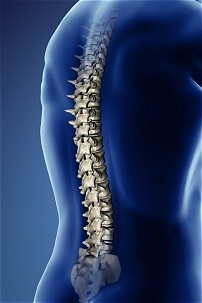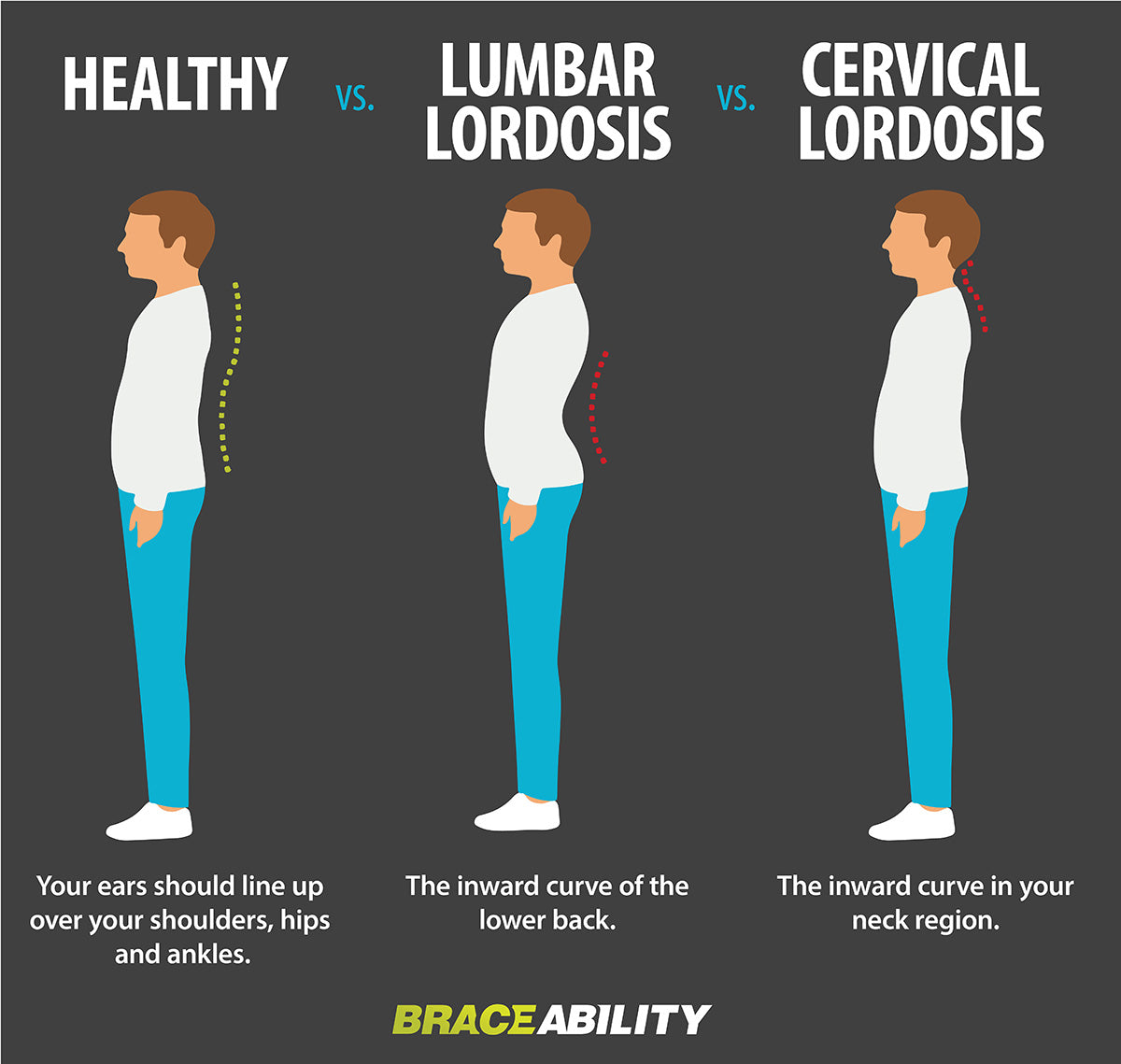
This type of scoliotic curve that includes more than one spinal section is known as a combined scoliosis. So now that we know the thoracic section of the spine includes the middle and upper back, and the lumbar spinal section refers to the lower back, a diagnosis of thoracolumbar scoliosis is given when a scoliotic curve develops in both sections: the lower section of the thoracic spine and the upper section of the lumbar spine. Keeping the three main sections of the spine in mind, let’s move on to defining thoracolumbar scoliosis. When one section of the spine experiences a loss of its healthy curve, as the spine is one structure, it impacts the integrity of the other sections and their related curves. There are three main spinal sections: the cervical spine (neck), thoracic spine (middle/upper back), and lumbar spine (lower back).Įach spinal section has its own characteristic curvature type: kyphosis and lordosis.

Spinal SectionsĪs already discussed, the spine has natural and healthy curvatures that help keep the vertebrae (bones of the spine) aligned and their intervertebral discs healthy. So now that we have defined the condition, let’s move on to some basic spinal anatomy: the main sections of the spine. If there is a loss of one or more of the spine’s healthy curves, this disrupts the biomechanics of the entire spine and affects its ability to function optimally. The spine’s healthy curves make it stronger, more flexible, and better able to absorb and distribute mechanical stress. To meet the parameters of a scoliosis diagnosis, the unnatural spinal curve also has to be of a certain size, and this is determined by a measurement known as Cobb angle.Ī patient’s Cobb angle is measured during X-ray and involves drawing intersecting lines from the tops and bottoms of the most-tilted vertebrae at the apex of the curve the resulting angle is measured in degrees, tells me how far out of alignment a patient’s spine is and places the condition on its severity scale of mild, moderate, or severe.Ī healthy spine will appear straight when viewed from the front and/or back, and will appear to have a soft ‘S’ shape when viewed from the sides. In addition to the unnatural sideways bend, scoliosis also involves a rotational component, meaning the spine doesn’t just bend unnaturally to the side, but also twists from front to back, back to front. Progressive means that it’s in the condition’s nature to worsen over time, meaning the abnormal spinal curve will increase in size, especially if left untreated, or not treated proactively. If a person is diagnosed with scoliosis, this means they have a progressive structural spinal condition that involves the development of an unnatural sideways spinal curvature. Let’s start our discussion of thoracolumbar scoliosis by defining the condition and the main sections of the spine. Thoracolumbar scoliosis is a combined scoliosis that develops in the lower thoracic spine (middle back) and the upper lumbar (lower back) spine. When scoliosis is diagnosed, it’s further classified based on specific patient/condition variables: curvature location being one of them. In a scoliosis diagnosis, patient age, causation, severity, and curvature location are key classification points.


Part of the diagnostic process involves comprehensive assessment needed to further classify a condition this streamlines the treatment process and guides the design of effective treatment plans.


 0 kommentar(er)
0 kommentar(er)
